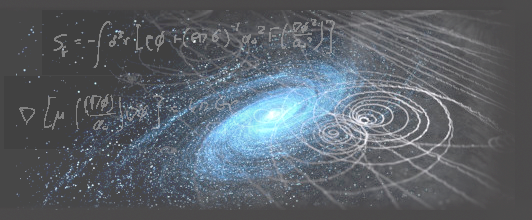Speaker
Description
Despite tremendous efforts to detect dark matter (DM), so far, no direct-detection experiment has provided any widely-accepted positive results. Thus, it seems reasonable to redirect the focus of experimental searches to regions of DM masses outside the extensively probed GeV-TeV range which corresponds to the well-known WIMP paradigm. This motivates the prioritization of searches for sub-GeV dark particles.
A simple kinematic analysis shows that DM-induced detector's response should be maximal when the mass of the target particle inside the detector is as close as possible to the mass of the incident dark particle. Hence, for sub-GeV DM, theoretical studies of direct searches should focus on interactions of the dark particles with electrons rather than nuclei.
The detector's response can be described in terms of the so-called generalized susceptibilities, which extend the notion of the dielectric function to describe the detector's material response induced by a general class of DM-$e^-$ interactions. The susceptibilities must satisfy certain mathematical constraints, known as the Kramers-Kronig relations. Using these constraints, it is possible to derive material-independent theoretical upper bounds on the detector's response.
Properties of known materials can be investigated in order to identify those that are closest to saturating these upper bounds, providing suitable candidates for being used in future detectors of sub-GeV DM.
This talk will focus on the derivation of the theoretical upper bounds and compare them to the properties of some materials widely used in direct searches for DM.

